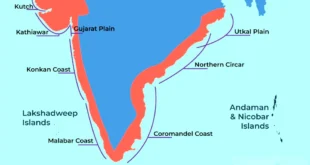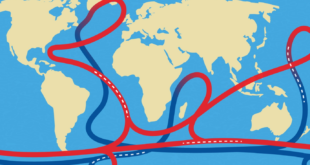- 2nd October, 2021 marked the 152nd birth annivaersary of Mahatma Gandhi.
- India also pays tribute to Lal Bahadur Shastri on the same day every year.
Important points:
- Birth- 2nd October 1869 in Porbandar (Gujarat)
- Lawyer, politician, social activist, and writer who became the leader of the nationalist movement against the British rule of India.
- In South Africa (1893-1915), he had successfully fought the racist regime with a novel method of mass agitation, which he called satyagraha.
- The idea of satyagrahaemphasised the power of truth and the need to search for truth with non-violence.
- The International Day of Non-Violence is observed on 2nd October, the birthday of Mahatma Gandhi.
- Gandhi Peace Prize is given for social, economic and political transformation through non-violence and other Gandhian methods.
- Return to India: He returned to India from South Africa on 9th January 1915.
- PravasiBharatiya Divas (PBD) is celebrated on 9th January every year to mark the contribution of the Overseas Indian community in the development of India.
- Satyagraha Movements in India: Mahatma Gandhi believed that the dharma of non-violence could unite all Indians.
- In 1916 he travelled to Champaran in Bihar to inspire the peasants to struggle against the oppressive plantation system.
- In 1917, he organised a satyagraha to support the peasants of the Kheda district of Gujarat. Affected by crop failure and a plague epidemic, the peasants of Kheda could not pay the revenue, and were demanding that revenue collection be relaxed.
- In 1918, he went to Ahmedabad to organise a satyagraha movement amongst cotton mill workers.
- In 1919, he decided to launch a nationwide satyagraha against the proposed Rowlatt Act (1919).
- The Act gave the government enormous powers to repress political activities, and allowed detention of political prisoners without trial for two years.
- On 13th April, 1919 the infamous JallianwallaBagh incident took place. Seeing violence spread, Mahatma Gandhi called off the movement (18th April, 1919).
- Non-Cooperation Movement (1920-22): At the Calcutta session of the Congress in September 1920, he convinced other leaders of the need to start a non-cooperation movement in support of Khilafat as well as for swaraj.
- At the Congress session at Nagpur in December 1920, the Non-Cooperation programme was adopted.
- In February 1922, Mahatma Gandhi decided to withdraw the Non-Cooperation Movement after the Chauri-Chaura incident.
- In 1930, Gandhiji declared that he would lead a march to break the salt law.
- He marched from Gandhi’s ashram in Sabarmati to the Gujarati coastal town of Dandi, where they broke the government law by gathering natural salt found on the seashore, and boiling sea water to produce salt.
- This marked the beginning of the Civil Disobedience Movement.
SOURCE: THE HINDU,THE ECONOMIC TIMES,MINT
 Chinmaya IAS Academy – Current Affairs Chinmaya IAS Academy – Current Affairs
Chinmaya IAS Academy – Current Affairs Chinmaya IAS Academy – Current Affairs



